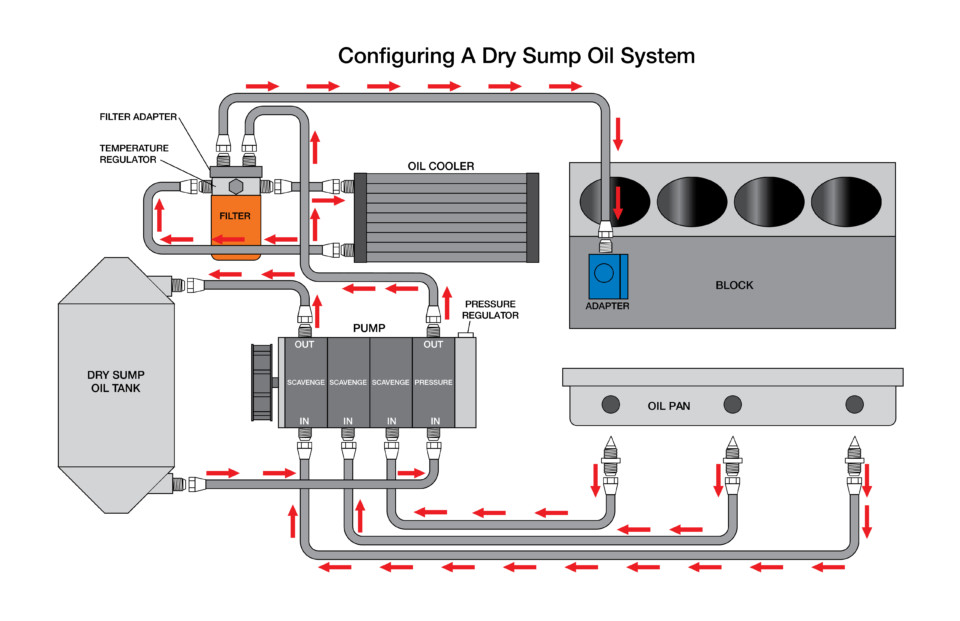Really, sizing a pump is going to depend on how much oil your block can flow. Without knowing that, you're just guessing. And without any information as to what engine youre wanting to put a dry sump system on, nobody has enough information to even come close to an educated guess.
In cases that I have worked with, we will dismantle a factory pump and size the pressure pump at 1-1.5-2x depending on optimum revs (unless its an electric pump, then you just calculate it), then port the PRV ports for high flow and set the PRV blow off point accordingly. Typically starting with a relatively low PSI PRV setpoint, but shimming the spring to higher than required, and decreasing PRV set point until we hit the flow numbers we want. You'll see flow numbers changing based on windage, splash, and froth, so you have to go through all the revs.
Since most dry sump pumps are a gerotor style positive displacement pump, you can calculate output flow, and use that to base your setpoints.
This requires an engine dyno to bring oil up to temp, a well calibrated flow meter, and either multiple PRV springs or a single spring and a handful of shims.


